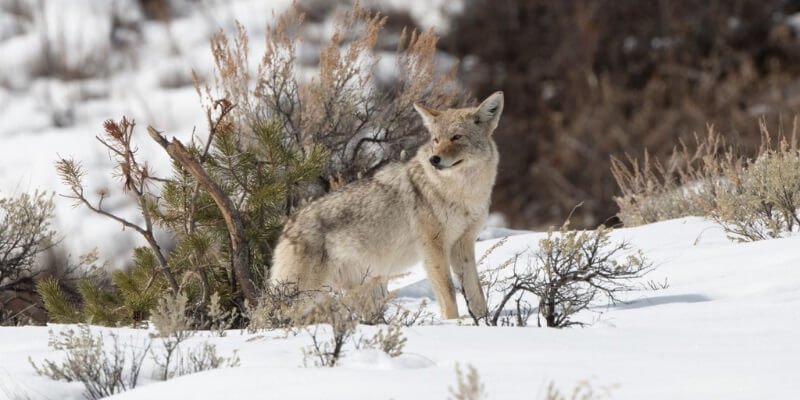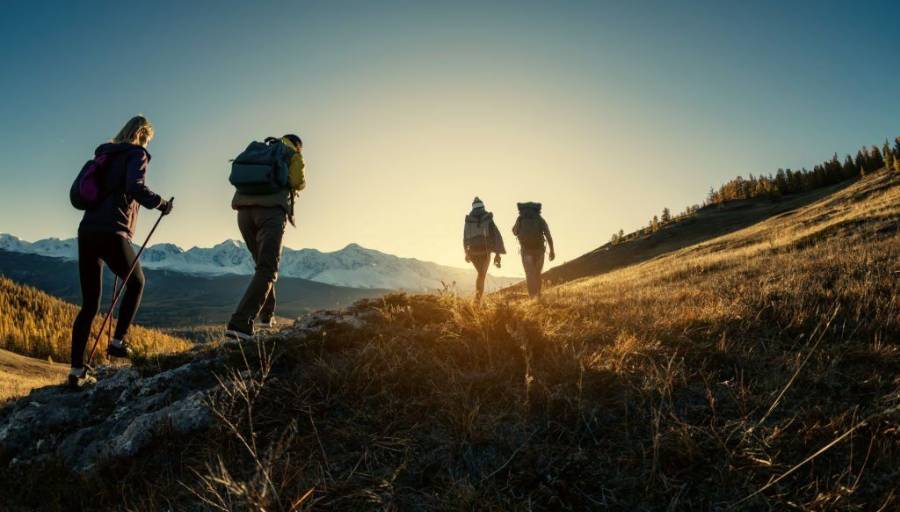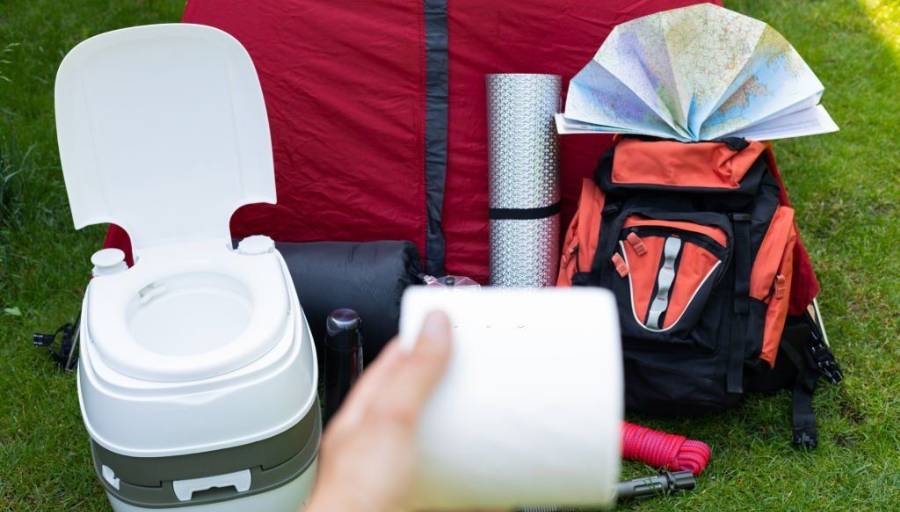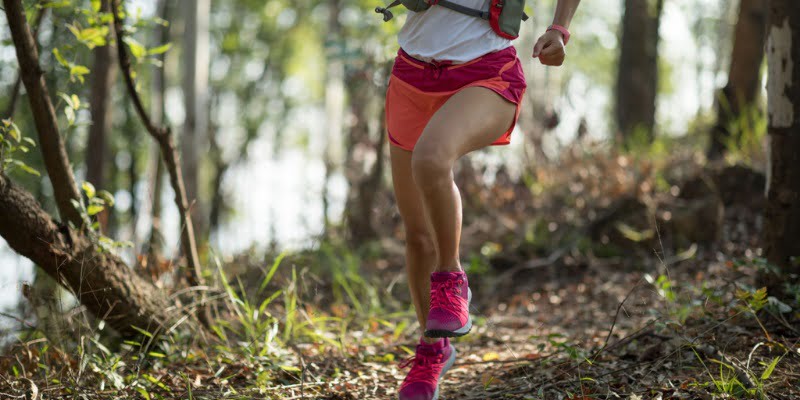Discover the Wildlife While Hiking

When hiking, we’re quite sensitive to the beauty of nature and its fauna and flora. While it is easy to find the surrounding peaks with a GPS and a good sense of direction, it is more difficult to identify the mother nature around us. In this article, we will help you learn the various clues that will allow you to discover the wildlife while hiking such as the animals around you. Also, if you want to start animal photography, this article can help you pinpoint the traces left by animals so that you can find them and take your best photo shots!
How to Discover the Wildlife While Hiking
Let’s see how you can discover the wildlife while hiking in simple steps…
The different animal tracks to be found in nature
The first traces you’ll find in nature are animal footprints. Not all seasons are suitable for observing these tracks. In winter, snow or mud reveals footprints easily. However, summer’s dry ground makes finding them much harder. Winter hikes in the snow provide stunning landscapes. These conditions allow you to observe local fauna effectively! You can find additional clues throughout the year:
- Food Remnants: Look for signs like pine cones, hazelnuts, or animal carcasses. The way these items are eaten can indicate which animals are present. The size of the prey also helps identify the species.
- Droppings: Animal droppings are easily visible and recognizable. Their shape and size are key elements in determining which animals are nearby.
- Habitats: Burrows, nests, and roosts are important indicators of animal presence.
- Signs of Passage: Look for balls of fur, droppings, or marks left on trees by claws, horns, teeth, or antlers. These clues are essential in your search for wildlife.
- Sounds: Don’t forget about sounds. Bird songs are common, but mammals can also alert you to their presence.
To observe animals or learn about the local fauna, stay attentive to these clues. Take photos to help with identification and understand which species may be around.
Animal footprints: the fundamental clue
If you are lucky enough to come across animal tracks, the animal footprint is an essential clue that allows you to know to which animal family this track may belong. For example, you can easily recognize the trace of a bird’s foot in the snow that has come to peck an insect or a seed on the ground.

First, we will focus on the footprints of mammals, which can be classified into three distinct families. Observing these footprints helps us estimate the size of the animal. It also reveals the direction of movement, the animal’s pace, and how much time has passed since it walked by. This information allows us to determine if the animal was alone or part of a group.
Plantigrade animals
Plantigrade species, like humans, walk on the soles of their feet. This includes bears, hares, rabbits, badgers, weasels, hedgehogs, marmots, and squirrels. The footprints of these animals often show five distinct toes. In some species, the claws on each toe provide additional clues about the animal we are observing.
Digitigrade animals
In natural evolution, animals that need to move quickly have adapted to place their weight on the front of their legs, allowing them to walk on their toes. This group includes canids (wolves, foxes, dogs, etc.) and felids (lynxes, cats, etc.), as well as some birds commonly seen in the wild. This toe-first movement enables these animals to move quickly and silently, whether they are hunting prey or escaping predators. Their footprints generally show four toes and a distinct pad at the back.
Unguligrade or ungulate animals
Finally, the next stage in animal evolution includes species whose toes have fused together, allowing them to move on their nails. This group includes chamois, roe deer, wild boar, stags, and mouflons. These animals leave behind very distinctive and easily identifiable footprints.
Conclusion
You now have the tools to search for animals and explore wildlife while hiking. With this foundational knowledge, you can confidently navigate any environment you encounter. Be curious, take pictures, and engage with enthusiasts or professionals to deepen your understanding of the nature around you.
Frequently Asked Questions
What should I do if I find animal footprints?
If you come across animal footprints, take note of their size and shape. This information can help you identify the animal and its behavior, such as whether it was alone or part of a group.
What are the best times to hike for wildlife observation?
Early mornings and late afternoons are often the best times to see wildlife, as many animals are most active during these periods.
How can I improve my animal photography skills?
Practice patience and wait for the right moment. Use a telephoto lens to capture distant animals without getting too close. Familiarize yourself with the behavior of local wildlife for better chances of a good shot.
Are there specific trails known for wildlife sightings?
Yes, certain trails and parks are known for their wildlife. Research local hiking forums or websites to find recommendations based on the area you plan to explore.
What should I do if I encounter a wild animal?
Keep a safe distance and avoid approaching or feeding the animal. Make your presence known by speaking calmly and backing away slowly if the animal seems aggressive or curious.
See Also…






